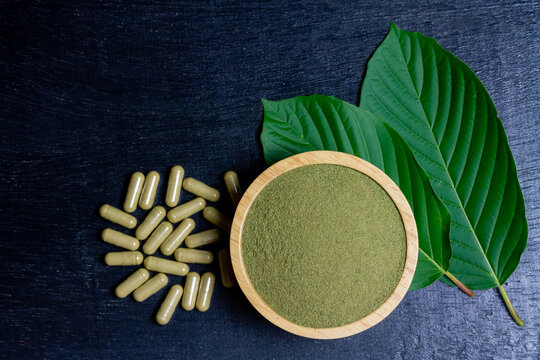Kratom, a botanical treasure hailing from Southeast Asia, has gained immense popularity for its diverse benefits. As enthusiasts delve into the world of kratom, questions about its shelf life and freshness become crucial. In this comprehensive guide, we'll explore the intricate details of how long kratom stays fresh, ways to determine its expiration, factors influencing its quality, and the safety of consuming expired kratom. Additionally, we'll unveil effective storage practices to ensure your kratom retains its potency and vitality throughout the year.
How Long Does Kratom Stay Fresh?
Understanding the lifespan of kratom is pivotal for users seeking optimal freshness. Kratom, in its natural leaf form, possesses a varying shelf life influenced by several factors. Generally, well-stored kratom can remain fresh for approximately one to three years. However, this estimate is contingent on multiple elements, such as the type of kratom, its processing, and storage conditions.
How to Tell if Kratom is Expired?
Identifying expired kratom is essential to maintain its efficacy and ensure a positive user experience. Signs of kratom expiration may include changes in color, aroma, and texture. Discoloration, a rancid odor, or the development of mold are red flags indicating degradation. Testing the product's potency through a small dosage is another reliable method to assess its freshness.
Also read: The legality of Kratom in the USA
Factors Influencing Kratom Quality:
Storage Conditions: Exposure to light, heat, and moisture significantly accelerates kratom degradation. Storing kratom in a cool, dark, and dry place is paramount for preserving its alkaloid content.
Packaging: Quality packaging, such as airtight seals and UV-resistant materials, shields kratom from external factors that may compromise its freshness.
Strain and Vein Color: Maeng Da strains and green-veined kratom varieties generally have longer shelf lives compared to more delicate strains.
Processing Techniques: Kratom processed with precision and care tends to have a prolonged shelf life. Proper drying and curing techniques contribute to the preservation of alkaloids.
Is Expired Kratom Safe for Consumption?
While consuming slightly expired kratom may not pose severe health risks, its potency and effects may diminish. However, caution is advised when encountering signs of spoilage, as the presence of contaminants or mold can be harmful. It is advisable to prioritize freshness to enjoy the full spectrum of kratom's benefits.
Kratom Storage for Year-Long Freshness:
Optimal Temperature: Store kratom in a cool environment, ideally below 70°F (21°C), to mitigate the risk of alkaloid breakdown.
Avoid Sunlight Exposure: Exposure to direct sunlight can lead to the degradation of kratom alkaloids. Store kratom in opaque containers away from sunlight.
Airtight Containers: Utilize airtight containers to prevent moisture from compromising the quality of your kratom. Vacuum-sealed bags or glass jars with tight lids are excellent choices.
Dark and Dry Spaces: Choose storage spaces that are dark and dry. A cupboard or drawer away from kitchen appliances can provide an ideal environment.
Rotation of Stock: Practice a first-in, first-out (FIFO) approach to ensure you use older kratom before introducing new batches. This helps maintain a fresh and consistent supply.
Avoid Frequent Opening: Limit the frequency of opening kratom containers to prevent unnecessary exposure to air, which can contribute to degradation.
Conclusion
In the realm of kratom, understanding its shelf life is crucial for enthusiasts seeking prolonged freshness and optimal benefits. By implementing proper storage practices and remaining vigilant for signs of expiration, users can ensure a consistent and satisfying kratom experience. Whether you are a seasoned kratom enthusiast or a newcomer, prioritizing the longevity of your kratom ensures that each dose delivers the intended effects and maintains the essence of this remarkable botanical treasure.





Comments